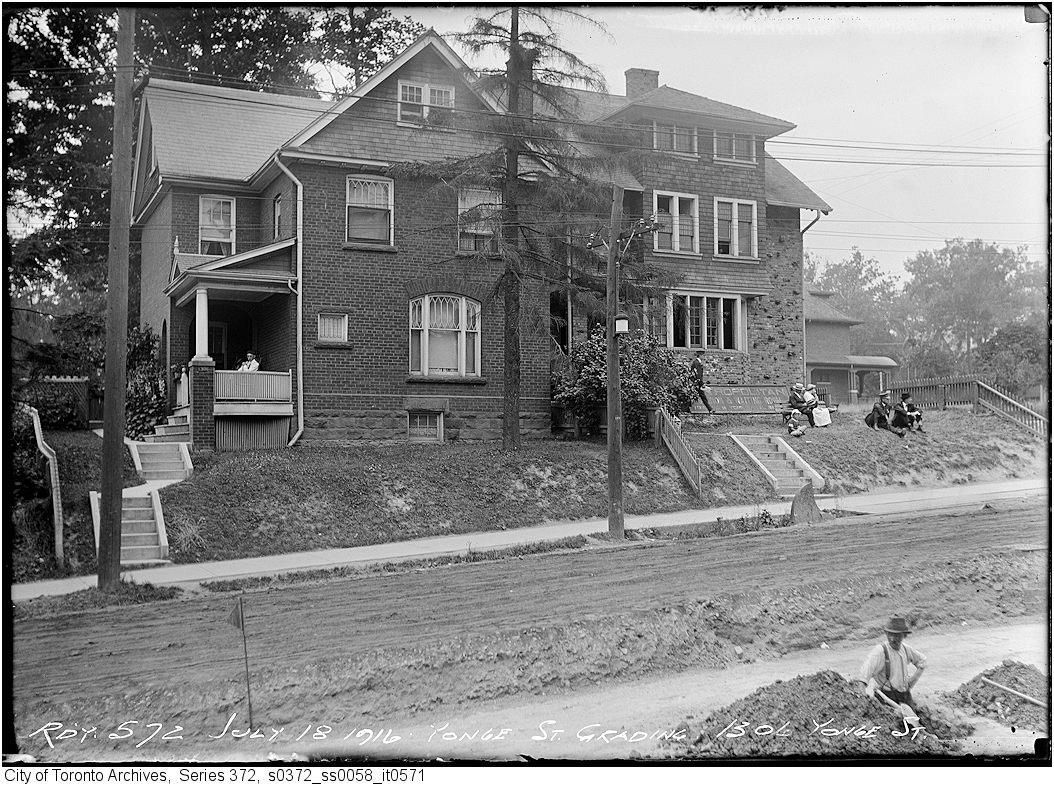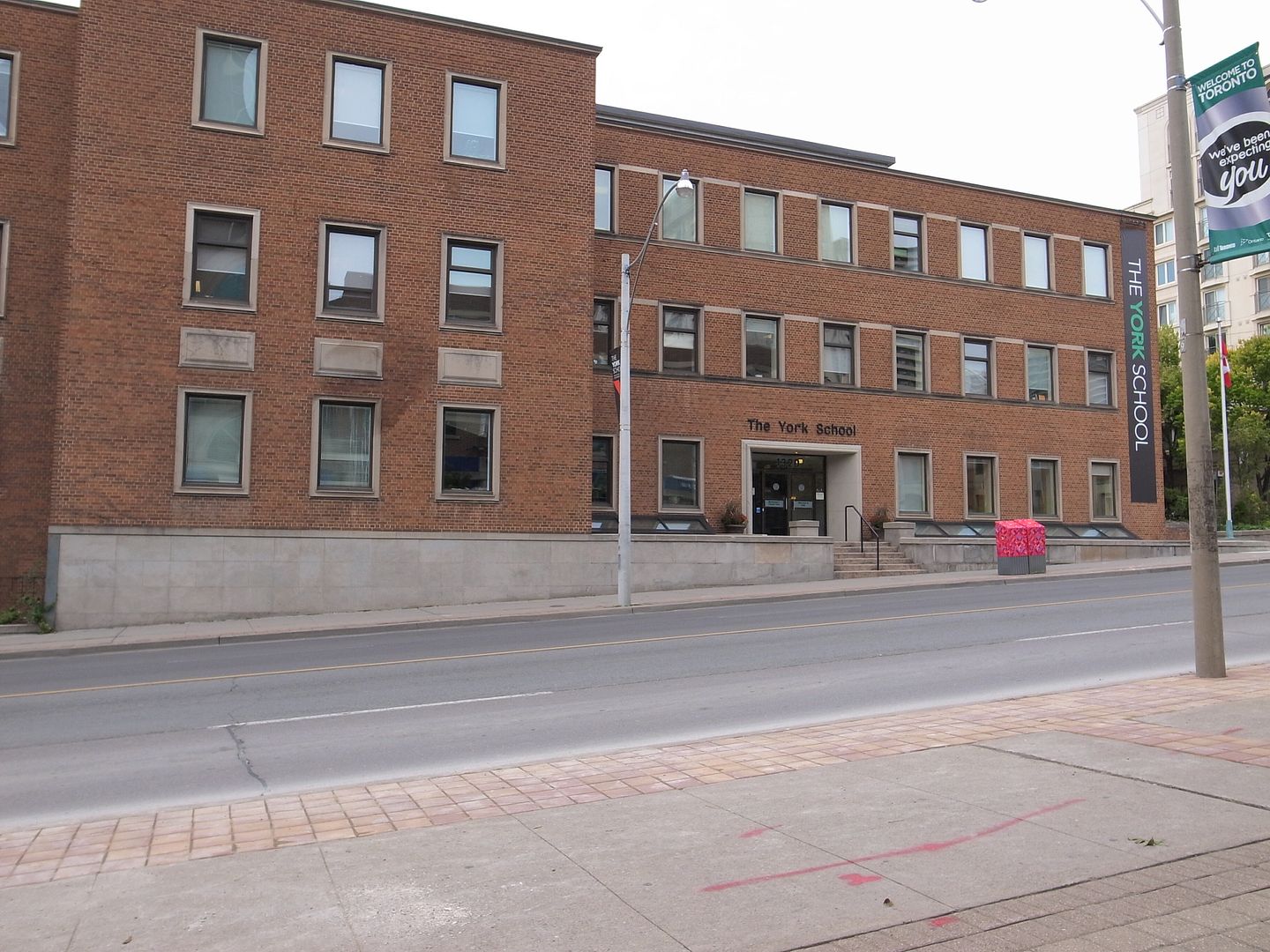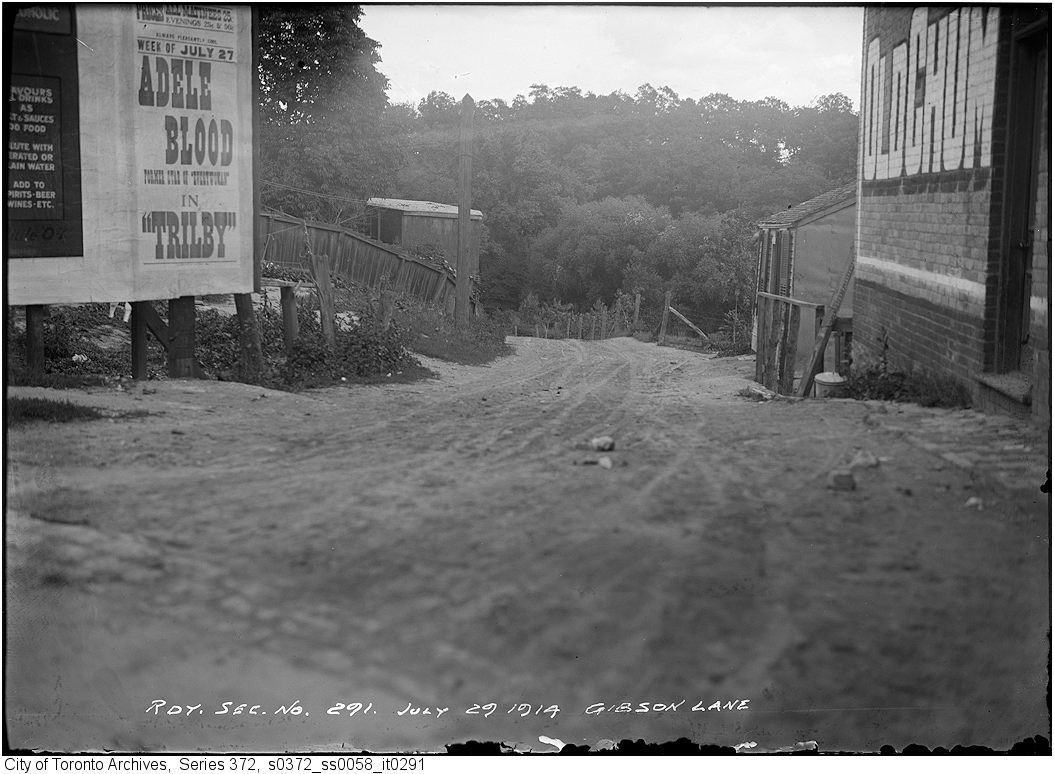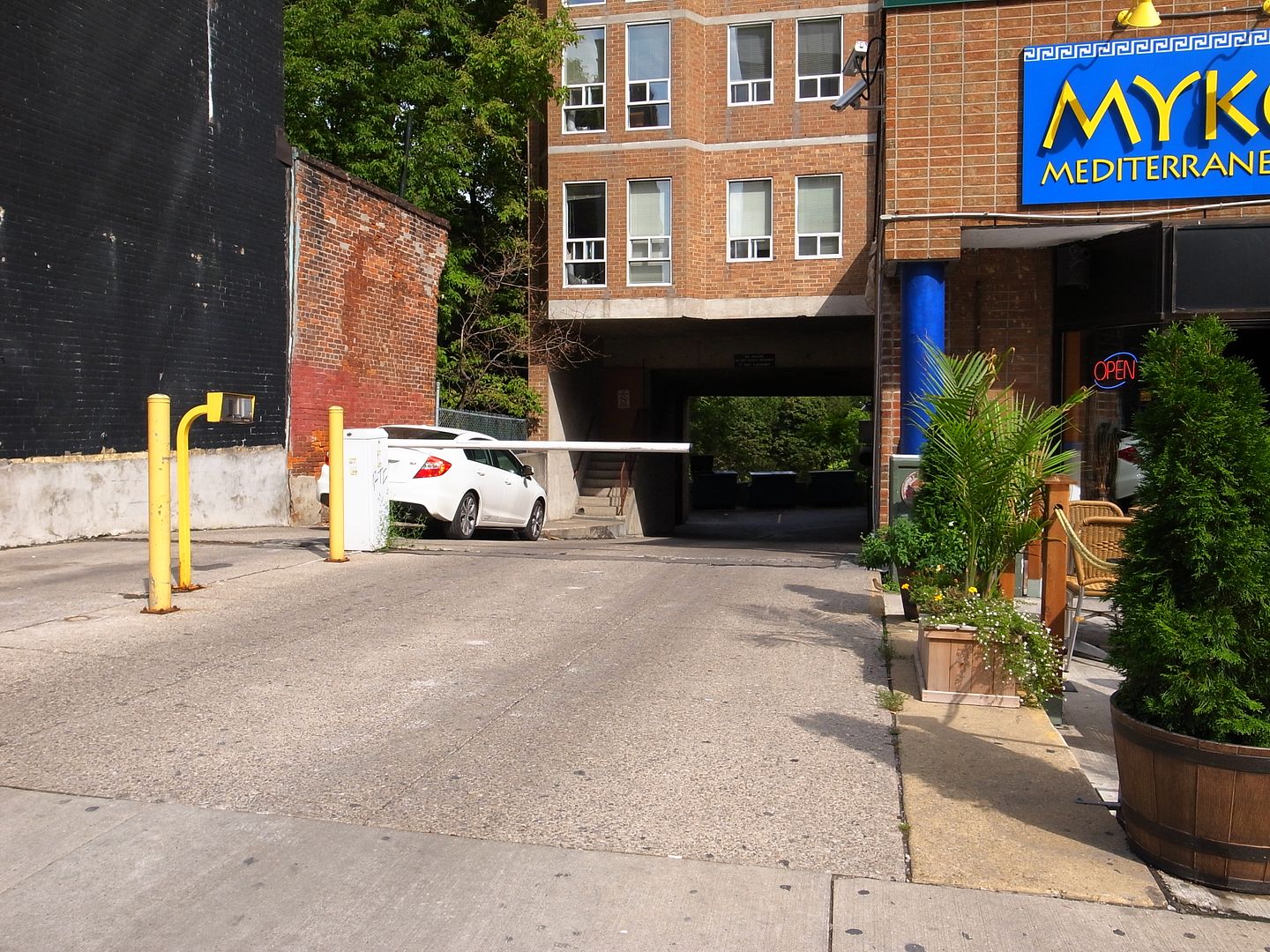k10ery
Senior Member
I've a PhD in history, but with a focus on medieval history. I decided to forgo the horrid academic job market and have been in project management for the past eleven years, so I am a historian by vocation and training rather than profession.
I do hope to have time at some point to return to history, and if I do, Toronto architectural or social history would probably be where I would go.
Cool! I guess we can say enthusiastic and well-educated amateurs then.














